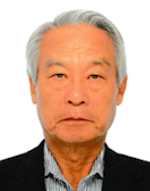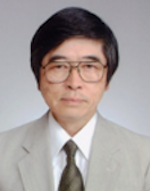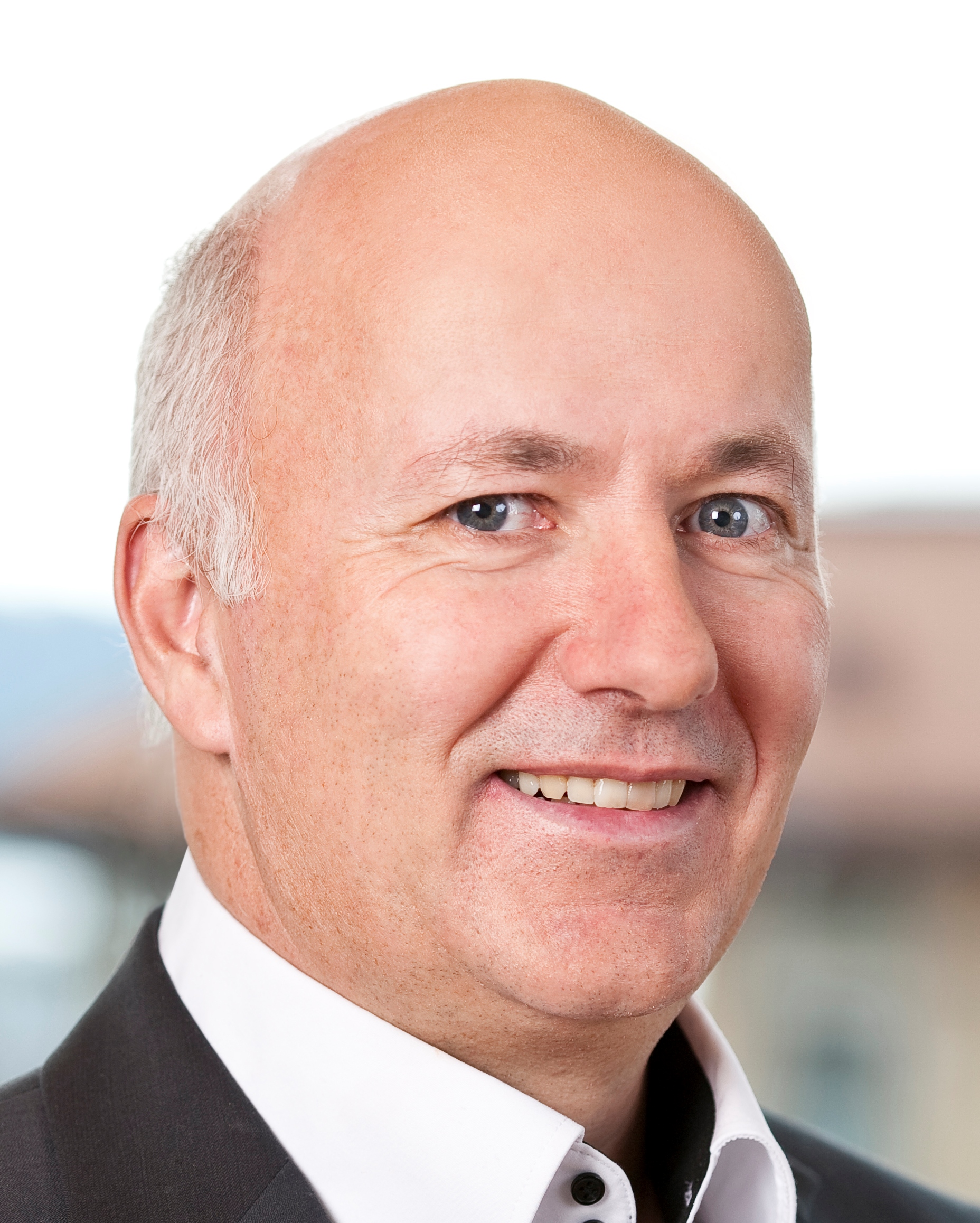Plenary Lectures
- Plenary Lecture 1: Dec. 12, 11:10-12:00
- Plenary Lecture 2: Dec. 12,
16:40-17:3017:20-18:10 - Plenary Lectures 3: Dec. 13, 9:00-10:00
- Plenary Lecture 4: Dec. 13, 13:00-13:50
Plenary Lecture 1: Overview of Advanced Airplane Control Technologies
 Dr. Kimio Kanai
Dr. Kimio Kanai
Professor Emeritus, National Defense Academy (NDA) of Japan Technical Advisor of Mitsubishi Heavy Industries (MHI)
Abstract
The author overviews contemporary trends in advanced airplane control technologies , including Japanese on-going airplane development projects. The concept and advantages of Active Control Technology (ACT) are given, the theoretical-background of this technology, two-degree of freedom(2DOF) control are also briefly shown. Examples of recent flight control technologies such as, Fly-By-Wire (FBW), Power-By-Wire (PBW), Thrust Vectoring Control (TVC), Integrated Flight Propulsion Control (IFPC), Forward-Swept-Wing (FSW) and Stealth, are shown with some flight test examples. Also, the role of human-operator with automatic flight control system (AFCS) is discussed.
Speaker Bio
Dr. Kimio Kanai received the Doctor of Engineering from Nagoya University, Nagoya,1971. From 1969 to 1996, he served as a teaching staff at NDA, and was promoted to the Dean of NDA, 1996 and to the Vice-President, 2000. After retirement from NDA, 2002, He worked at Nissan Motor Company, MHI as a technical advisor. He is an associate fellow of AIAA , a fellow of SICE. His research interests are advanced control technologies and their application to aero-space vehicle and automobile control.
Plenary Lecture 2: Automated Driving Systems of Vehicles: Current Trends, Future Prospects, and Issues
 Dr. Sadayuki Tsugawa
Dr. Sadayuki Tsugawa
Invited researcher, National Institute of Advanced Industrial Science and Technology(AIST)
Abstract
Against a background of a recent increase of interest in automated driving of road vehicles, its current trends, future prospects, and issues for introduction will be presented. The objectives of automated driving, which is defined as driving excluding a human driver, are to provide not only safety and efficiency for road transportation, and comfort and convenience for drivers and passengers but also transportation means for the elderly and the handicapped, and improved driving performance that a human driver cannot. The feature of automated driving in the 20th century can be summarized as investigation of technological feasibility, and that in the 21st century can be as practical applications. Many national projects in Japan, Europe, and the US in the 21st century focus especially on automated trucks for energy saving aiming at near future introduction. In addition, auto makers and suppliers announce to release automated passenger cars in the near future. Actually many passenger cars in the today’s market are equipped with sophisticated driver assistance systems, which are defined as driving systems including a human driver, like automatic brake and lane departure warning. However, automated driving for practical use involves issues on technologies, human factors, and non-technological matters. The technological issues include reliability and MTBF (mean time between failures) of devices and systems for automated driving. One of the issues on human factors is a role of a human driver under automated driving. Transition from automated driving to manual driving is also an issue. Key factors for the introduction are acceptance by drivers and the society, and affordability of the devices and systems. Possible introduction of automated driving in the near future may be automated truck platoons led by a human driver, and small, low-speed automated vehicles for the elderly and the handicapped.
Speaker Bio
He received his B. E. degree, M. E. degree, and Doctor of Engineering degree in 1968, 1970, and 1973, respectively in instrumentation and control engineering all from the University of Tokyo. In 1973 He joined Mechanical Engineering Laboratory under Japanese Ministry of International Trade and Industry, and in 2003 after resigning from the laboratory he joined Meijo University as a professor in Department of Information Engineering. In 2015 he retired from the university, and currently he is an invited researcher at National Institute of Advanced Industrial Science and Technology. Since 1970’s he has been working on automated driving systems and the technologies including inter-vehicle communications. From 2008 to 2013 he served as the project leader of “Energy ITS Project” sponsored by Japanese Ministry of Economy, Trade and Industry and New Energy and Industrial Technology Development Organization, which dealt with an automated heavy truck platoon. He was a BOG member of IEEE ITS Society from 2008 to 2010. He was awarded the best paper prize by the Japanese Society of Instrument and Control Engineers in 1992, and by the Minister of Science and Technology for the research on ITS and intelligent vehicles in 1999.
Plenary Lecture 3: Robots that Roll, Running, Swim or Fly
 Prof. Roland Siegwart
Prof. Roland Siegwart
Professor, Autonomous Systems Lab, Institute of Robotics and Intelligent Systems, ETH Zurich
Abstract
Robots are rapidly evolving from factory work-horses, which are physically bound to their work-cells, to increasingly complex machines capable of performing challenging tasks as search and rescuing, surveillance and inspections, planetary exploration or autonomous transportation of goods. This requires robots to operate in unstructured and unpredictable environments and various terrains.
This talk will focus on design and navigation aspects of wheeled, legged, swimming and aerial robots operating in complex environments. For our quadruped walking robot we are researching optimal ways for exploiting the natural dynamics through serial elastic actuation. Our swimming robots take inspiration from natural counterpart for optimal propulsion and with our micro-helicopters projects we approach autonomous flight and inspections in cluttered and very narrow indoor environments as well as GPS denied visual navigation in cities. And with the solar airplanes we develop a small fixed-wing airplane capable of staying in the air indefinitely due to its solar powered generator. A main emphasis of this talk will also be on how to optimally integrate robot systems with visual navigation for fully autonomous operation on ground or in the air.
Speaker Bio
Prof. Roland Siegwart (born in 1959) is founding co-director of the Wyss-Zurich and professor for autonomous mobile robots at ETH Zurich. He studied mechanical engineering at ETH, spent ten years as professor at EPFL (1996-06), was Vice President of ETH Zurich (2010-14) and held visiting positions at Stanford University and NASA Ames. He is and was the coordinator of multiple European projects and co-founder of half a dozen spin-off companies. He is recipient of the IEEE RAS Inaba Technical Award, IEEE Fellow and officer of the International Federation of Robotics Research (IFRR). He is in the editorial board of multiple journals in robotics and was a general chair of several conferences in robotics including IROS 2002, AIM 2007, FSR 2007 and ISRR 2009. His interests are in the design and navigation of wheeled, walking and flying robots operating in complex and highly dynamical environments.
Plenary Lecture 4: IBM Watson and Cognitive Computing
 Dr. Koichi Takeda
Dr. Koichi Takeda
IBM Distinguished Engineer, IBM Research
Abstract
More than four years have passed since IBM's Watson question-answering system made a sensational debut at the US Jeopardy! television quiz show in 2011. Watson demonstrated that a large amount of textual data can be converted into the expert-level capability for answering the open-domain trivia questions, and led us to the vision of "smart machines" that can learn and support professionals in a wide range of industries such as healthcare, wealth management, and education. In particular, Watson has been successfully deployed by many medical institutes for oncology study, clinical trial matching, and genomic and personalized medicine. In this talk, I will give a technical overview of the Watson question-answering system, commercial use cases, and perspectives on the future of cognitive computing.
Speaker Bio
Koichi Takeda has been leading the natural language processing and text analytics research in IBM Research - Tokyo for over the last 30 years. His research activities include machine translation, textual information visualization, text mining, and question-answering. He has become the member of the Watson Question-Answering System project since December 2007, and continues to work in the field. He received the Commendation for Science and Technology by the Minister of Education, Culture, Sports, Science and Technology, as the lead scientist in the field of the text mining technology in April, 2012 along with four other IBM researchers and engineer.
